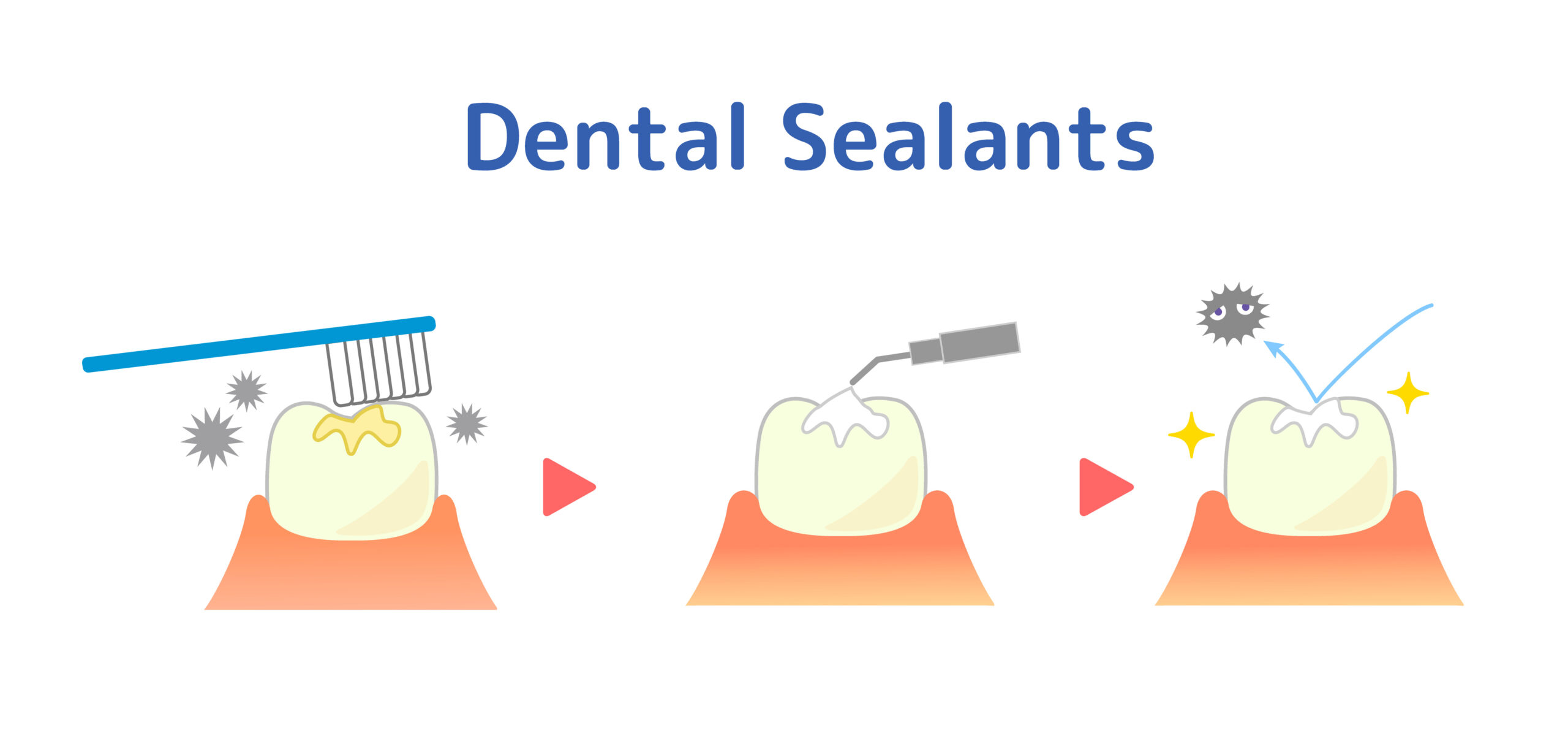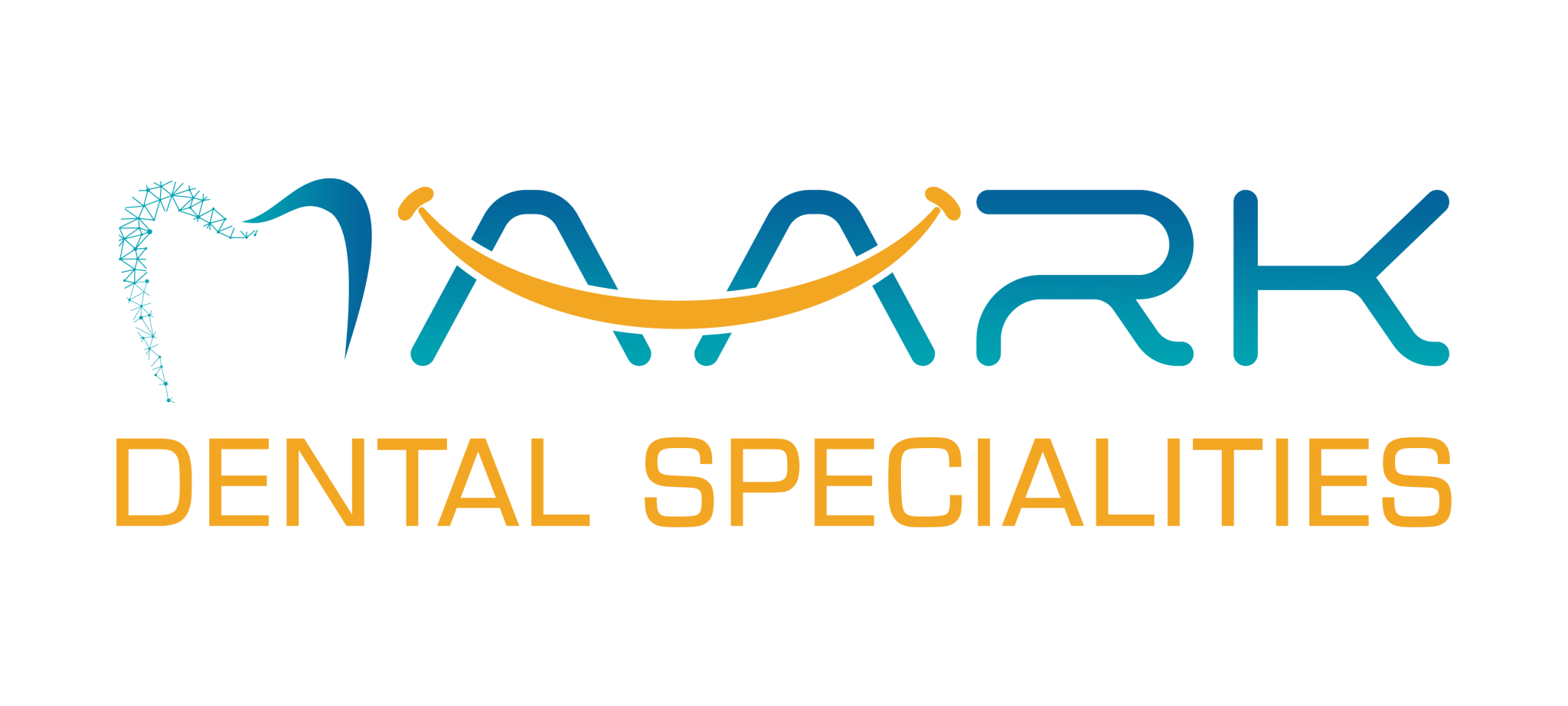Dental Sealants

Armor for Your Back Teeth
Dental sealants are a powerful preventive tool in the fight against cavities, particularly in the hard-to-reach chewing surfaces of molars and premolars. These areas feature deep pits and grooves where food particles and bacteria can accumulate, making them highly susceptible to tooth decay. Sealants create a protective shield, forming a smooth and easy-to-clean surface that effectively prevents cavities, with a particular focus on children’s teeth.
Understanding the Purpose of Dental Sealants:
To fully appreciate the benefits of dental sealants, it’s important to grasp their role in maintaining oral health:
- Tooth Anatomy: Molars and premolars, located at the back of your mouth, have deep and irregular grooves on their chewing surfaces. These grooves are known as fissures.
- Food and Bacteria Traps: Fissures can trap food particles and bacteria, creating an environment conducive to cavity formation. The bristles of a toothbrush may struggle to reach these intricate spaces effectively.
- Cavity Prevention: Dental sealants act as a protective barrier, sealing off fissures and creating a smooth surface. This makes it challenging for food debris and bacteria to accumulate, significantly reducing the risk of cavities.
The Dental Sealant Application Process:
The process of applying dental sealants is straightforward and typically performed by a dentist or dental hygienist:
- Cleaning: The tooth receiving the sealant is cleaned thoroughly to ensure that no debris or bacteria are trapped beneath the sealant.
- Drying: The tooth is dried completely to ensure that the sealant adheres effectively.
- Etching: A mild acid solution is applied to the tooth’s chewing surface for a short time. This etching process creates a slightly rough texture, allowing the sealant to bond securely to the tooth.
- Sealant Application: The liquid dental sealant material is applied to the tooth’s chewing surface. It flows into the fissures and grooves and then hardens, forming a protective barrier.
- Curing: A special curing light may be used to harden and set the sealant quickly.
- Evaluation: The sealant’s placement is checked to ensure it covers all necessary areas.
Benefits of Dental Sealants:
- Cavity Prevention: Sealants are highly effective at preventing cavities in the chewing surfaces of molars and premolars.
- Long-Lasting: Sealants can provide protection for several years with proper care and maintenance.
- Minimal Discomfort: The application process is non-invasive and typically painless, making it suitable for both children and adults.
- Cost-Effective: Sealants are a cost-effective preventive measure compared to treating cavities and tooth decay.
- Protection for Vulnerable Teeth: Children, in particular, can benefit from sealants on their newly erupted permanent molars to safeguard them during their formative years.
Maintenance and Longevity:
Dental sealants are durable but not permanent. They can last for several years but may require periodic evaluation by your dentist to ensure their integrity. Regular dental check-ups are essential to monitor the condition of the sealants and determine if any repairs or reapplications are needed.
In conclusion, dental sealants are a valuable tool in the prevention of cavities, especially in the hard-to-reach areas of molars and premolars. By creating a protective shield over these vulnerable surfaces, sealants help maintain strong and healthy teeth. If you have questions about dental sealants or are considering them for yourself or your child, consult with your dentist to determine the most appropriate approach to preserving your oral health.


